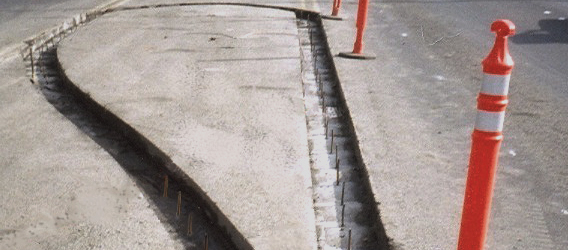To estimate the cubic yardage of concrete needed, first calculate the area in square feet, If the area is larger than 300 sq. ft., first find the volume for 300 sq. ft., then find the volume for the remainder of the square footage, and add the two together. To allow for slight irregularities in concrete thickness and for some spillage and waste, round up at least to the next whole or half cubic yard measure, allowing a mini-mum of 5–10% extra.
Ready mix suppliers will need to know minimum compressive strength and maximum aggregate size for the concrete mix, and any special requirements such as air entrainment for added freeze thaw durability. As a general guideline for ordering ready mix concrete. Local conditions can change within a very short distance, particularly in mountainous regions, and may be more or less severe than indicated by the regional classification. Severe exposures are those in which deicing salts are used because of significant snowfall combined with extended periods in which natural thawing does not occur. If you are in doubt about which classification applies, always use the more severe exposure.



